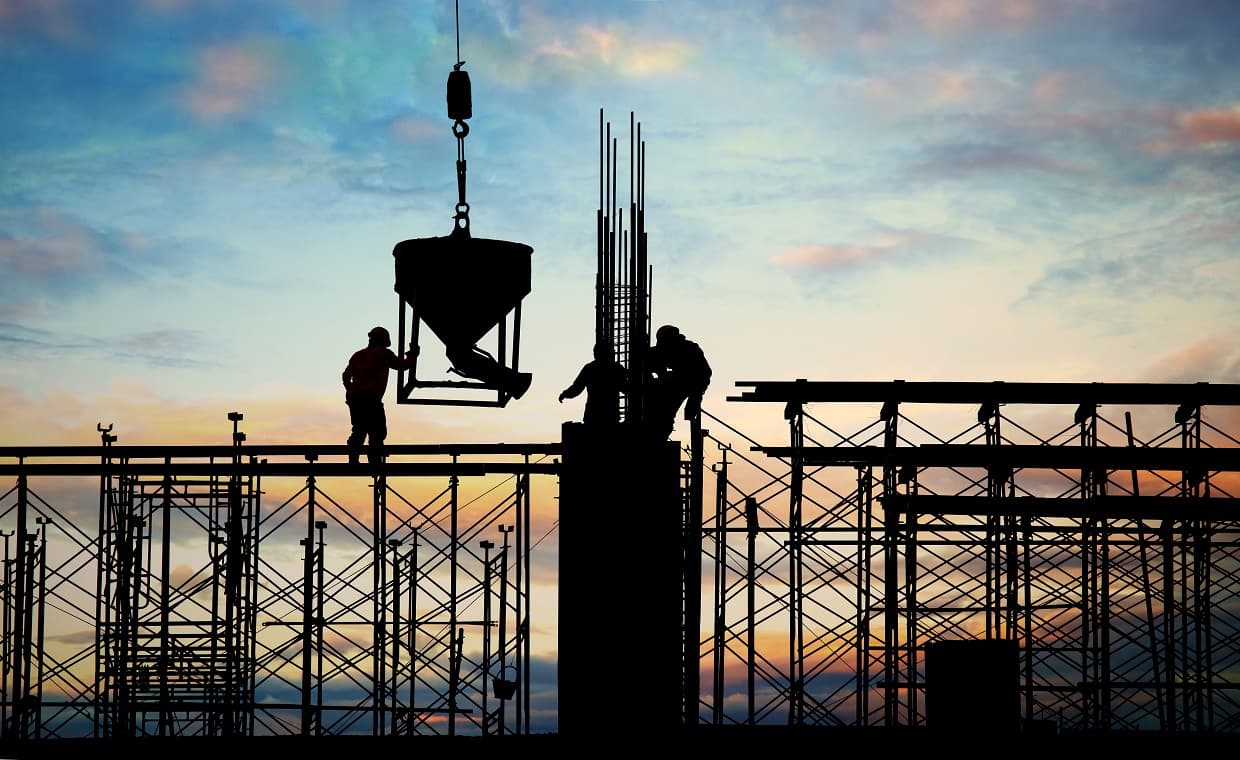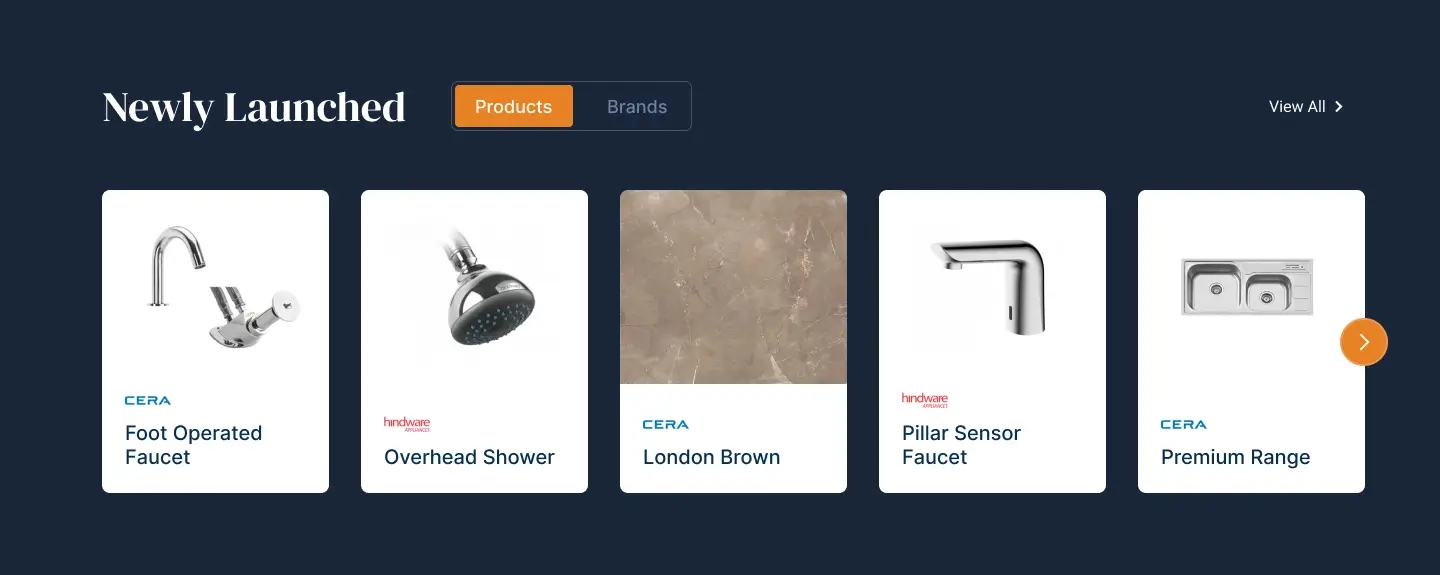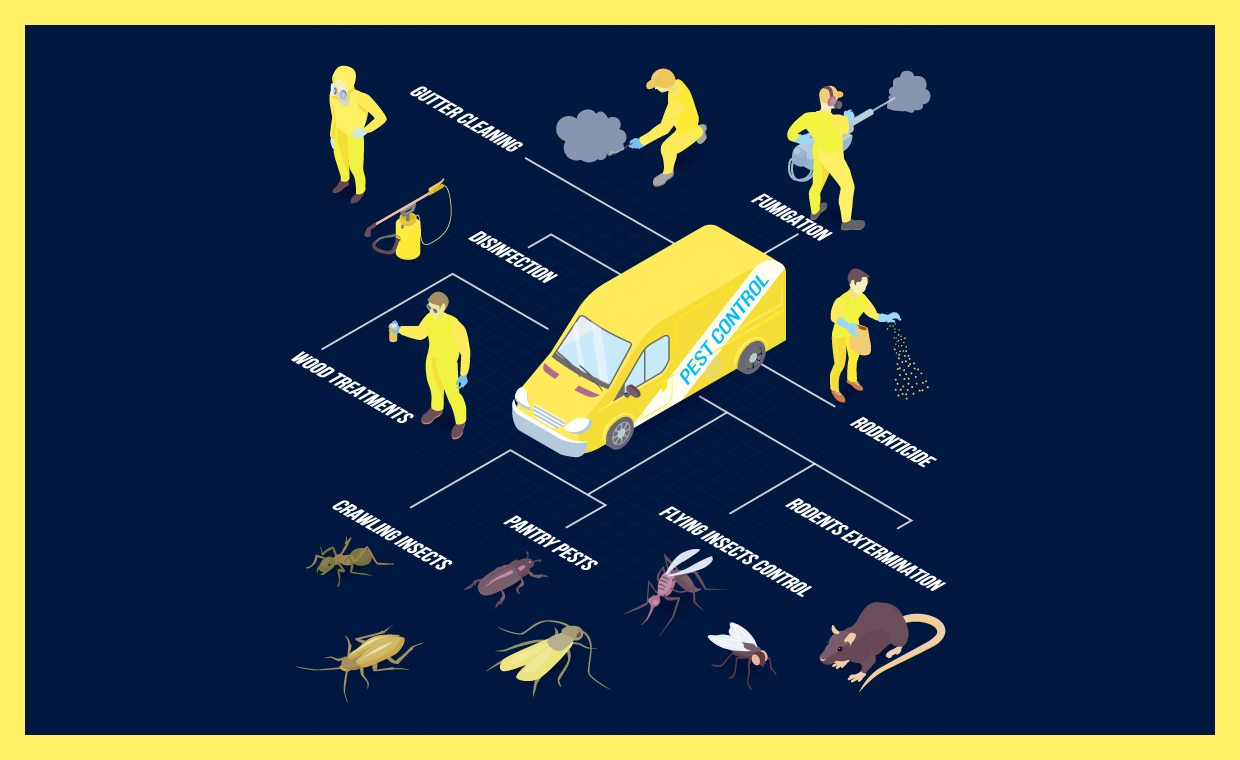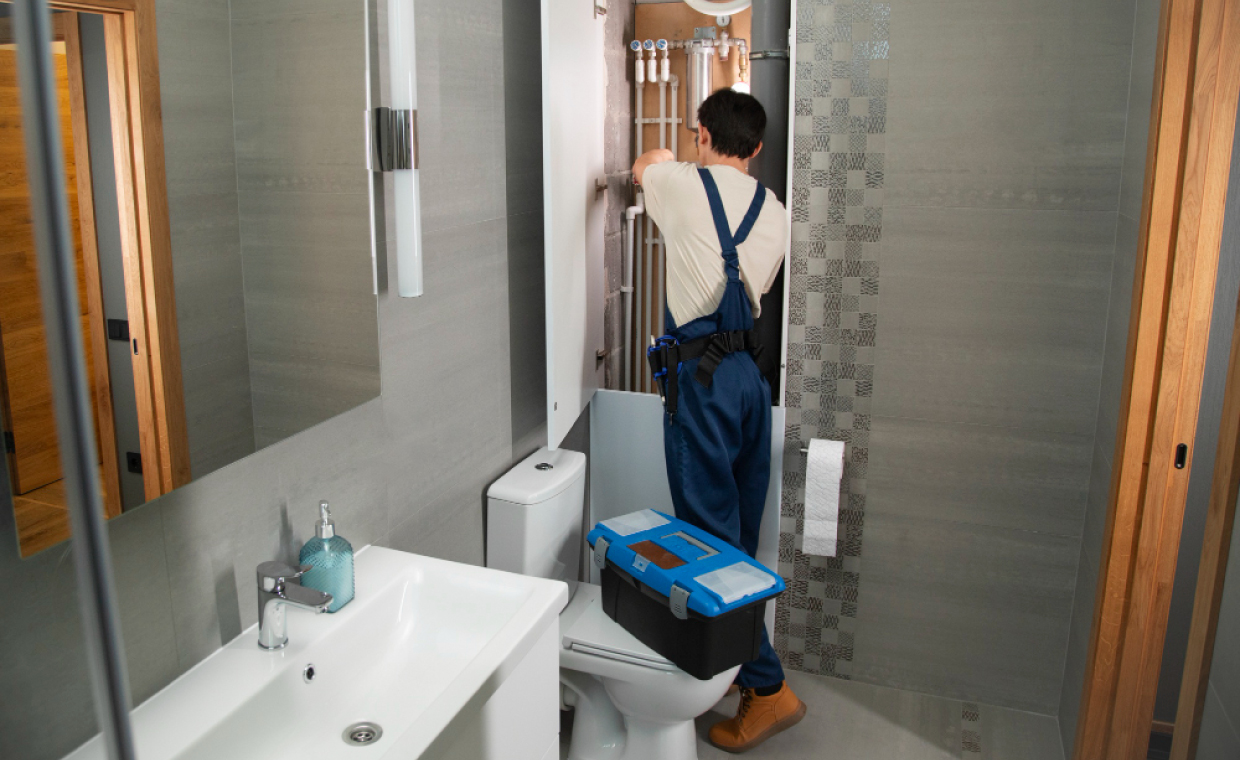
Table of Contents
Construction isn’t dangerous because people are careless. It’s dangerous because the work involves heights, electricity, sharp tools, and heavy machinery, all in one place.
Accidents happen when safety systems break down. And too often, companies push workers to move fast instead of safely.
The Most Common Types of Injuries

Let’s take a look at the most common types of injuries that happen on construction sites and why they happen so often.
Falls from Heights
Falls are the leading cause of fatal injuries in construction. In 2023, 64.4% of fatal falls were from a height of between 6 and 30 feet, while 67 of fatal falls were from a height of more than 30 feet. This includes falling off ladders, roofs, scaffolding, or down open holes. Sometimes, safety gear isn’t used. Sometimes it’s damaged or missing altogether.
A common example? A worker carrying materials up a ladder slips because there’s no harness system, or the ladder wasn’t secured to anything. In many cases, these falls happen just trying to move between levels of a job site where there are no guardrails or warning signs.
Falls might seem like “bad luck,” but they’re often a sign of a shortcut taken to save time or money.
Struck by Objects
“Struck by” injuries happen when a person gets hit by a falling tool, piece of equipment, swinging crane load, or vehicle. These can be extremely serious, especially if the object is heavy or moving fast.
If a wrench slips out of someone’s belt three stories up, without overhead protection or warning, the person below takes the full hit. Construction sites are busy, noisy, and chaotic. When proper communication and barriers aren’t in place, things fly, fall, or swing into places they shouldn’t.
Electrocution
Between 2011 and 2023, there have been 131 deaths recorded among construction workers. Live wires, temporary power setups, and wet environments create a perfect storm for electrical injuries. Many workers assume something’s been powered down when it hasn’t, or they’re using tools that aren’t properly grounded.
This kind of hazard is especially risky for workers installing electrical systems, demolition crews, or anyone near unfinished wiring.
Poor Safety Standards and Training
Sometimes, the problem isn’t just one specific hazard but the overall lack of safety culture. New hires may be rushed onto sites without proper orientation. Equipment isn’t inspected. PPE (personal protective equipment) is limited or not enforced.
If the people in charge aren’t making safety a daily habit, accidents become inevitable. It doesn’t mean workers are careless. It means they’re being put in unsafe situations with no backup.
What to Do Right After an Accident Happens

In the first minutes after an injury, it’s easy to freeze up or downplay what happened. But the steps you take right after can make all the difference later medically, legally, and financially.
Get Medical Attention Immediately
Even if you think it’s “just a bump,” get checked out. You might not feel the full extent of an injury right away. Adrenaline hides pain, and things like concussions or back injuries can take hours or days to surface.
Plus, without a medical record, proving you were actually hurt becomes a lot harder.
Tell a Supervisor and File an Incident Report
Make sure your employer or site manager knows right away. Don’t wait until the next day or assume someone else will report it for you. Ask for an official incident report and make sure you get a copy.
If your company tries to talk you out of filing, or says “let’s just handle this off the books,” that’s a red flag.
Document Everything You Can
Take photos of the injury, the location, any tools or equipment involved, and anything that looks unsafe. Get the names and contact info of anyone who saw what happened. Write down what time it occurred, what you were doing, and what went wrong.
Keep all your medical receipts, doctor’s notes, and follow-up instructions. You may need them to back up your claim later.
Don’t Sign Anything Without Reading It
Some employers or insurance reps will pressure injured workers to sign waivers or accept a quick payout. You don’t have to rush. You have the right to review documents and get legal advice before agreeing to anything.
Legal Stuff That Actually Matters

This part can be intimidating, but it doesn’t have to be. You don’t need to be an expert, you just need to know what your options are and where to get help.
Workers’ Compensation
Most construction workers are covered by workers’ comp. This is supposed to pay for your medical care and replace some of your lost wages. You don’t have to prove anyone did anything wrong, just that the injury happened on the job.
But there are limits. Workers’ comp won’t cover everything, and you usually can’t sue your employer directly if you accept it. Still, it’s the first step for most injured workers.
Legal Advice Is a Smart Move
You don’t need to wait until things get messy to talk to a personal injury lawyer. A quick consultation can help you figure out if you’re being treated fairly or taken advantage of.
Many lawyers who handle worksite injuries won’t charge you unless they win your case.
When You Can File a Lawsuit
If a third party caused the accident, like a subcontractor, equipment manufacturer, or property owner, you may be able to file a personal injury lawsuit. These cases can cover full lost wages, pain and suffering, and long-term damages.
Deadlines Matter
You usually have a short window, often just 30 days, to report an injury to qualify for workers’ comp. Lawsuits have time limits too. These deadlines vary by state, but waiting too long can cost you your right to act.
What Happens After the Dust Settles
After the emergency is over, the long road to recovery begins. Some people bounce back fast. Others face months, even years, of medical treatment, therapy, and financial strain.
- Stick with your treatment plan: follow all doctor instructions, even if you’re starting to feel better. Stopping early can hurt your health and your case. Insurance companies may argue you weren’t really hurt if you drop out of treatment.
- Track your finances: keep a running list of what you’re missing wages, overtime, transportation costs to appointments, co-pays. These details will matter if you’re negotiating a settlement or claim.
- Know your rights: if your employer tries to punish you for filing a report, reduce your hours, or fire you that’s illegal. That’s called retaliation, and you don’t have to put up with it.
- Plan for long-term impact: some injuries don’t fully heal. If you need job retraining, disability benefits, or permanent work restrictions, start that process early. Don’t let short-term fixes block you from long-term support.
Wrapping It Up
Construction jobs are hard enough without the added stress of dealing with an injury. But if something goes wrong, you need to know how to protect yourself on the site, in the hospital, and in the system.
Know what causes accidents. Speak up when something’s not right. And if you do get hurt, don’t go it alone. There are people who can help, but you’ve got to take the first step. Also Read: Some Common Problems Faced By Civil Engineers At The Site






























